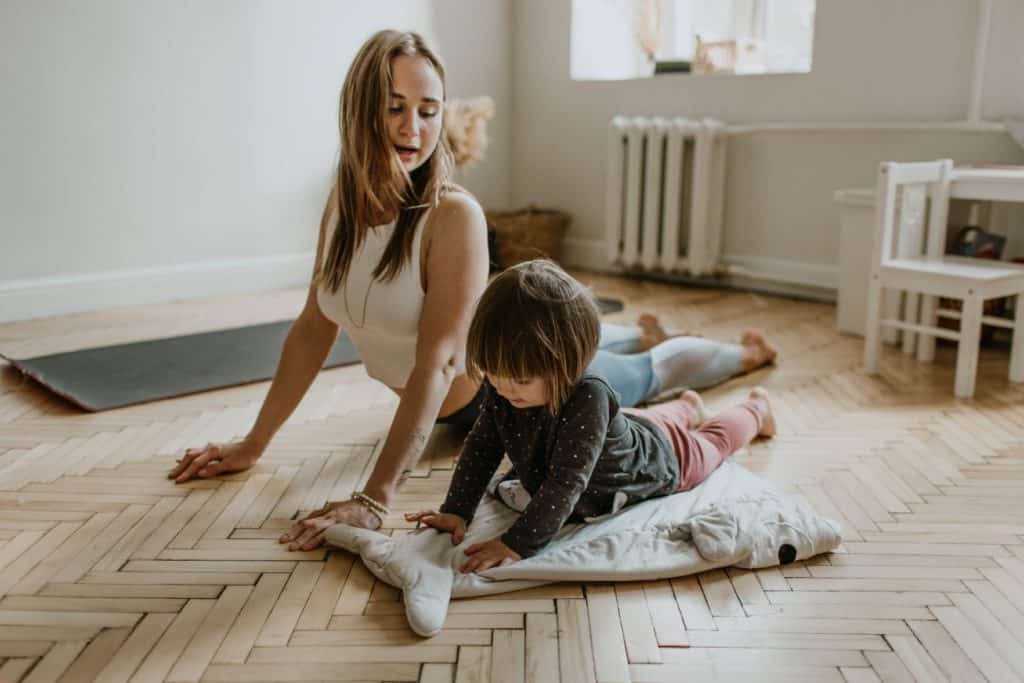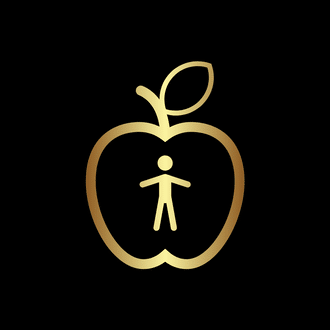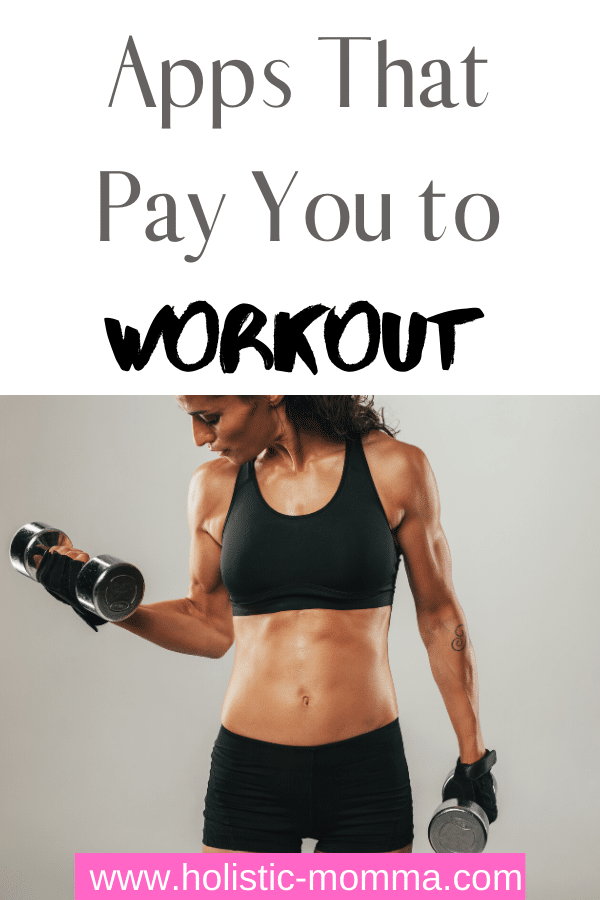10 Effective At-Home Workouts To Build Strength (With Limited Time)

The first year of the pandemic was a revolutionary year for the at-home workout industry. According to a recent article in The Washington Post, health and fitness equipment sales more than doubled, to $2.3 billion, starting in March 2020.
The good news is you don’t need any fancy equipment or a lot of time to get an effective workout at home. Below are some of the best workouts you can do right from your living room, regardless of your fitness level.
Table of Contents
Are At-Home Workouts Effective?
Working out at home can be an effective tool for improving strength and building muscle with just your body weight. The primary benefit of training at home is that it provides you with the flexibility to work out at any time.
In addition, home workouts are cheaper and can be more efficient than gym workouts as you don’t have to commute or pay for a membership.
The major downside with at-home training is that you likely will not have access to all the equipment available at a commercial gym. As such, it is essential to know how to properly train all the major muscle groups in your body with just your body weight.
What Are the Best Exercises You Can Do at Home Without Equipment?
There are six major movement patterns we use in everyday life that can target all of the major muscle groups in your body. These are pushing, pulling, squatting, and hinging.
More specifically:
The Horizontal Push
The horizontal push involves extending your arms away from your body in a horizontal plane. This movement pattern trains the chest, anterior shoulders, and triceps.
The primary horizontal pushing exercise is the push-up and all of its variations. Here are three push-up variations that you can use in your home workout.
The Incline Push-up
The Close Grip Push-up
The Archer Push-up
The Horizontal Pull
The horizontal pull involves bringing your arm towards you in a horizontal plane. This movement pattern trains the upper back, biceps, and posterior shoulders.
The primary horizontal pulling exercise is the row. Here are three rowing variations that you can do at home with no equipment.
The Wall Pull
The Knees Bent Inverted Row
Feet Elevated Inverted Row
The Vertical Push
The vertical push involves extending your arms above your head in a vertical plane. This movement pattern trains the medial shoulders and triceps.
The primary vertical pushing exercise is the pike push-up. Here are three vertical pushing variations that you can use depending on your skill level.
Pike Push-up
Feet Elevated Pike Push-up
Upright Chair Dip
The Vertical Pull
The vertical pull involves pulling your body up towards an object in a vertical plane. This movement pattern will train lat muscles, biceps, and posterior shoulders.
The primary vertical pulling exercise is the pull-up. Unfortunately, you will need a bar to get the full benefits of this back exercise. Here are three pull-up variations you can use depending on your strength levels.
Prone Cobras With Extension
Chin-Ups
Close Grip Pull-ups
The Knee Flexion Pattern
The knee flexion involves bending your hips and knees while keeping your torso upright. This movement pattern trains the quadriceps, adductors (inner thighs), and glutes.
The primary knee flexion exercise is the squat and all of its variations. Here are several knee flexion variations you can use depending on your capabilities.
Standard Squat
Reverse Lunge
Rear Foot Elevated Split Squat
One Leg Box Squat
The Hip Extension Pattern:
The hip extension involves straightening or extending at your hips with a flexed torso. This movement pattern trains the hamstrings, glutes, and lower back muscles.
The primary hip extension exercise is the glute bridge and its variations. Here are several hip extension variations you can do at home with no equipment.
Kneeling Squat
Glute Bridge
Single-Leg Bridge
Single-Leg Romanian Deadlift
Core Stabilization Exercises
The last area to train is the core, which includes your rectus abdominals, obliques, and lower back.
According to lower back pain expert Dr. Stuart McGill, core training should focus on stability, i.e., preventing movement at the spine, rather than promoting mobility.
The primary core stabilization exercise for abs is the plank. Here are several core stabilization variations you can use regardless of your fitness level.
Plank
You can do a high plank (on your hands) or a low plank (on your elbows)
Side Plank Holds
Up and Down Planks
Hollow Body Holds
——–
To see a complete list of dozens of beginner, intermediate, and advanced progressions for each movement pattern, check out this comprehensive list of calisthenics exercises.
——–
The Best At-Home Workouts For Building Strength With Limited Time
Now that you know which bodyweight exercises to include, it’s time to go over the workouts. Don’t forget, consistency is one of the most important aspects of fitness. Pick a routine that you enjoy and that fits into your schedule.
Feel free to swap any exercise with an easier or more difficult variation depending on your capabilities.
The Full Body At-Home Workout
In the full-body workout routine, you will train several muscle groups in your upper and lower body in one session.
This at-home workout is excellent for beginners who are just learning how to exercise and regularly practice the movement patterns.
The workout is:
Push-ups: 10 repetitions
Squats: 15 repetitions
Wall Pulls: 15 repetitions
Kneeling Squats: 15 repetitions
Plank: 15 seconds
You can perform this circuit up to three times, depending on how much time you have.
Do this routine 2-3 times per week with at least one day off between workouts.
The Upper-Lower At-Home Workout
The upper-lower workout divides your routine into two sections: your upper body and your lower body.
This workout is excellent for those who want more variety and like to focus on one section of their body at a time.
Here is the workout:
Upper Body:
Push-ups: 15 repetitions
Bent-Over Row: 15 repetitions each arm
Pike Push-ups: 12 repetitions
Plank with Lateral Arm Raise: 10 repetitions each arm
Lower Body:
Squats: 20 repetitions
Glute Bridge: 20 repetitions
Reverse Lunge: 15 repetitions per leg
Hollow Body Hold: 20 seconds
You can perform each circuit up to three times.
Do each workout at least once per week, with one day off between workouts.
The Push-Pull-Legs At-Home Workout
The push-pull legs workout is a more advanced variation of the upper-lower routine, with two days dedicated to the upper body. It is a great workout to follow if you want to create a more complex routine after gaining some experience.
Here is the workout:
Push Workout:
Close Grip Push-ups: 15 repetitions
Pike Push-ups: 12 repetitions
Chair Dips: 12 repetitions
Pull Workout:
Chin-ups 10 repetitions
Prone Cobra with Arm Extensions 15 repetitions
Inverted Row 12 repetitions
Legs Workout:
Squats 15 repetitions
Rear Foot Elevated Split Squat 10 repetitions each leg
Single-Leg Romanian Deadlift 10 repetitions each leg
3-Limb Plank 30 seconds
You can perform each circuit up to three times, depending on how much time you have.
Do each workout at least once per week, with one day off between workouts.
The 30 Day Challenge Workout
The 30-day challenge is a simple workout for 30 days straight and consists of just three movements: the push-up, the squat, and the plank.
Each day, the challenge increases in difficulty by adding 1-2 repetitions or 5 seconds to each exercise.
Here’s how it looks:
Day 1: 5 Squats, 5 Push-ups, 5 second Plank
Day 2: 7 Squats, 7 Push-ups, 10 sec Plank
Day 3: 9 Squats, 9 Push-ups, 15 sec Plank
Day 4: 11 Squats, 11 Push-ups, 20 sec Plank
Day 5: Off
Day 6: 12 Squats, 12 Push-ups, 25 sec Plank
And so on.
Take as many sets as necessary to accomplish the required repetitions, and use an appropriate variation for your skill level.
If you have prior experience, you can start with 10-15 repetitions of squats and push-ups.
The PLP At-Home Workout
Next is the PLP workout, similar to the 30-day challenge but with different exercises.
PLP stands for pull-ups, lunges, and push-ups.
Like the 30 day challenge, you will increase the number of repetitions for each exercise by one each day.
Here’s the workout.
Day 1: 1 Pull-up, 1 Lunge (each leg), 1 Push-up (any variation)
Day 2: 2 Pull-ups, 2 Lunges (each leg), 2 Push-ups
Day 3: 3 Pull-ups, 3 Lunges (each leg), 3 Push-ups
Day 4: 4 Pull-ups, 4 Lunges (each leg), 4 Push-ups
And so on.
Feel free to take a day off after every five workouts. If you have prior experience, you can start with ten repetitions for each movement.
The Advanced At-Home Workout
The next home workout is an advanced variation for those looking for a greater challenge.
This workout features advanced variations of each of the major movement patterns.
Workout 1:
One Leg Box Squat: 6 reps each leg
Archer Push-ups: 8 reps each side
Bulgarian Split Squat: 8 reps each leg
Feet Elevated Inverted Row: 12 reps
Three rounds
Workout 2:
Pull-ups: 10 reps
Single-Leg Glute Bridge: 10 reps each leg
Chair Dips: 8 reps
Up and Down Plank: 30 seconds
Three rounds
Perform each workout 1-2 times per week, with at least one day off between workouts.
How to Progress Through the Workouts
There are several ways to progress as you get stronger.
Repetitions
The most important way to progress is to start with a variation appropriate for your skill level and then slowly increase the number of repetitions you do per set. You can focus on the other strategies below once you can do 20 reps per set.
Tempo
The second thing you can do is change the tempo or the time under tension for each movement pattern. This means doing the exercises with a slower cadence.
Variation
The third thing you can do is change the movement pattern to a more challenging variation or progression.
Additional Resistance
The fourth way to progress your workout is to add additional resistance to your exercises. You can use dumbbells, a weight vest, or even wear a backpack filled with books or bags of rice.
Find an Advanced Routine
The last thing you can do is follow a more advanced bodyweight workout routine you can do. This at-home calisthenics workout consists of four workouts per week, each lasting 30 minutes.
At-Home High-Intensity Interval Training (HIIT) Workouts
At-home workouts can also be effective for improving your cardiovascular health.
The great thing is research has shown that short bouts of 10 or 15 minutes of exercise can be just as effective as a longer 30-minute long cardio workout.
Below are three at-home HIIT workouts you can do in just 10-15 minutes per day to get your heart rate up.
The Tabata Workout
Tabata is a continuous workout that consists of eight rounds of 20 seconds of work followed by 10 seconds of rest.
You can use Tabata for just about any movement pattern.
Here is the workout:
20-sec Jumping Jacks
10-sec Rest
x 8 rounds
1-minute Rest
20-sec Push-ups (any variation)
10-sec Rest
x 8 round
1-minute Rest
20 sec Jump Squats
10-sec Rest
x 8 rounds
The EMOM Workout
EMOM stands for every minute on the minute.
This workout is a continuous movement workout that consists of accomplishing a certain amount of repetitions in one minute.
When you finish the work, you rest for the remainder of the minute.
Once the following minute starts, you repeat the exercises. The faster you can get the work done, the longer your rest will be for each 1-minute interval.
Perform the following three movements every minute on the minute for 10 minutes.
Bodyweight Squats 5 repetitions
Push-ups 5 repetitions
Up and Down Planks 5 repetitions
The workout ends if you cannot complete all of the repetitions within 1 minute.
The 7 Minute Workout
Next is the 7-minute workout. This workout was popularized by a recent study that showed that it could improve body composition if done every day for at least six weeks.
As the name implies, the workout is simple and only takes 7 minutes to complete.
Here is the workout:
Perform each of the following exercises for 30 seconds, followed by 10 seconds of rest.
Jumping jacks
Wall sit
Push-up
Crunch (or Mountain Climbers)
Step-up (or Reverse Lunge)
Squat
Dips
Plank (or Hollow Body Hold)
Other FAQs
What Is the Best Home Workout To Lose Weight?
Contrary to popular belief, research shows that exercise alone is not a very good way to lose weight.
Weight loss is best achieved through a combination of diet and physical activity.
That’s not to say exercise isn’t important. Exercise is an essential component of a healthy lifestyle because it improves cardiovascular fitness, insulin sensitivity, blood pressure regulation, and mental health.
What Is the Most Effective Home Workout?
The most effective home workout is the one that you will do. A short, well-designed workout that is easy to maintain is always better than none at all.
You must find (or develop) a routine that fits your schedule and that you stick to. Believe it or not, you can maintain your muscle mass and strength with as little as one session per week and 1 set per exercise, as long as you use an appropriate level of intensity.
With that said, following a routine with measurable results might prove to be more motivating than sporadic workouts.
Start Strength Training At-Home Today
So there you have ten at-home workouts along with several bodyweight exercises you can do right now, from the comfort of your living room.
In just a few minutes each day, you can build muscle, gain strength, and improve your cardiovascular health.
What are you waiting for? It’s free!
This article originally appeared on Wealth of Geeks.
Originally posted 2022-03-01 04:40:17.
Megan Santiago
Latest posts by Megan Santiago (see all)
- How to Find a Trauma Therapist in Tampa - September 30, 2024
- Get Your Child to Listen: A Clear-Cut Way To Feel Heard - March 10, 2024
- Help With Bills – How to Get Financial Assistance - March 10, 2024

